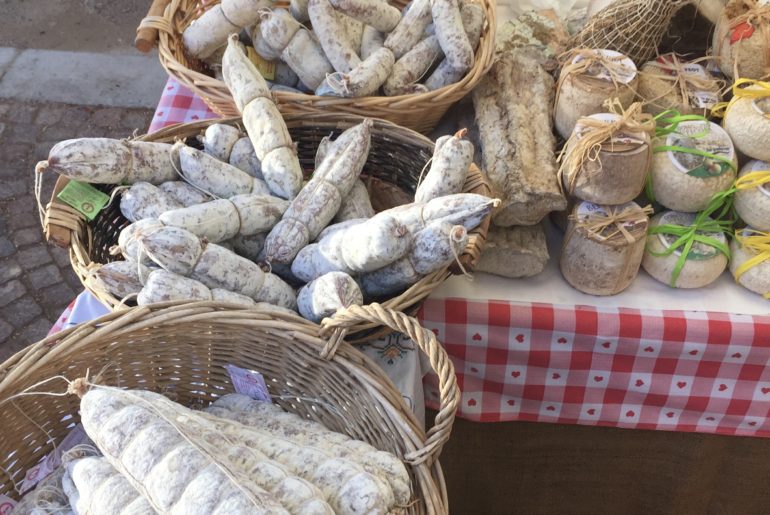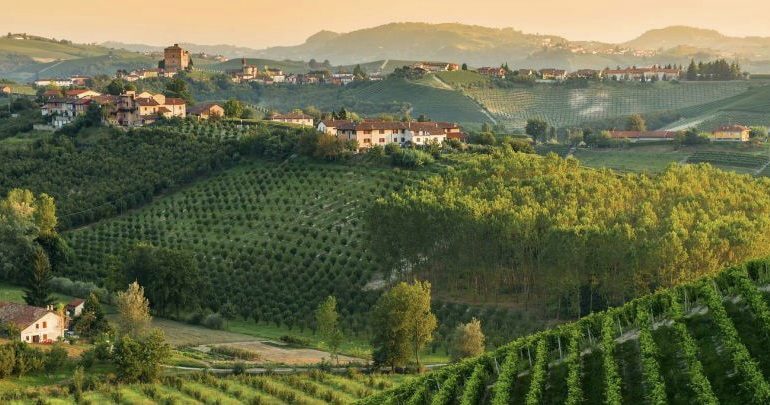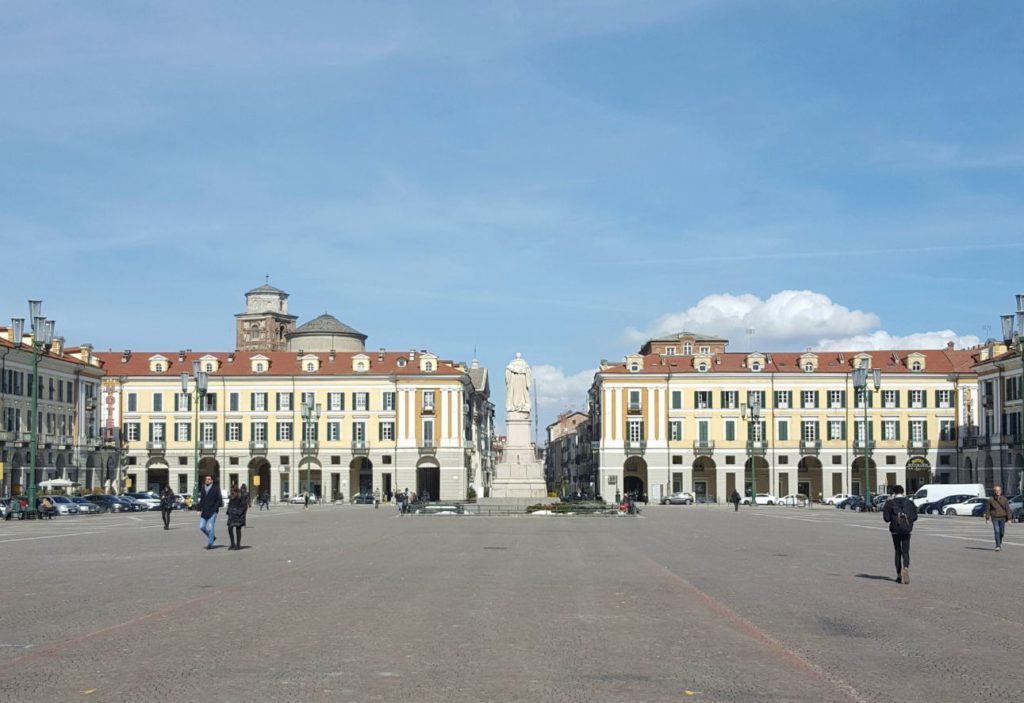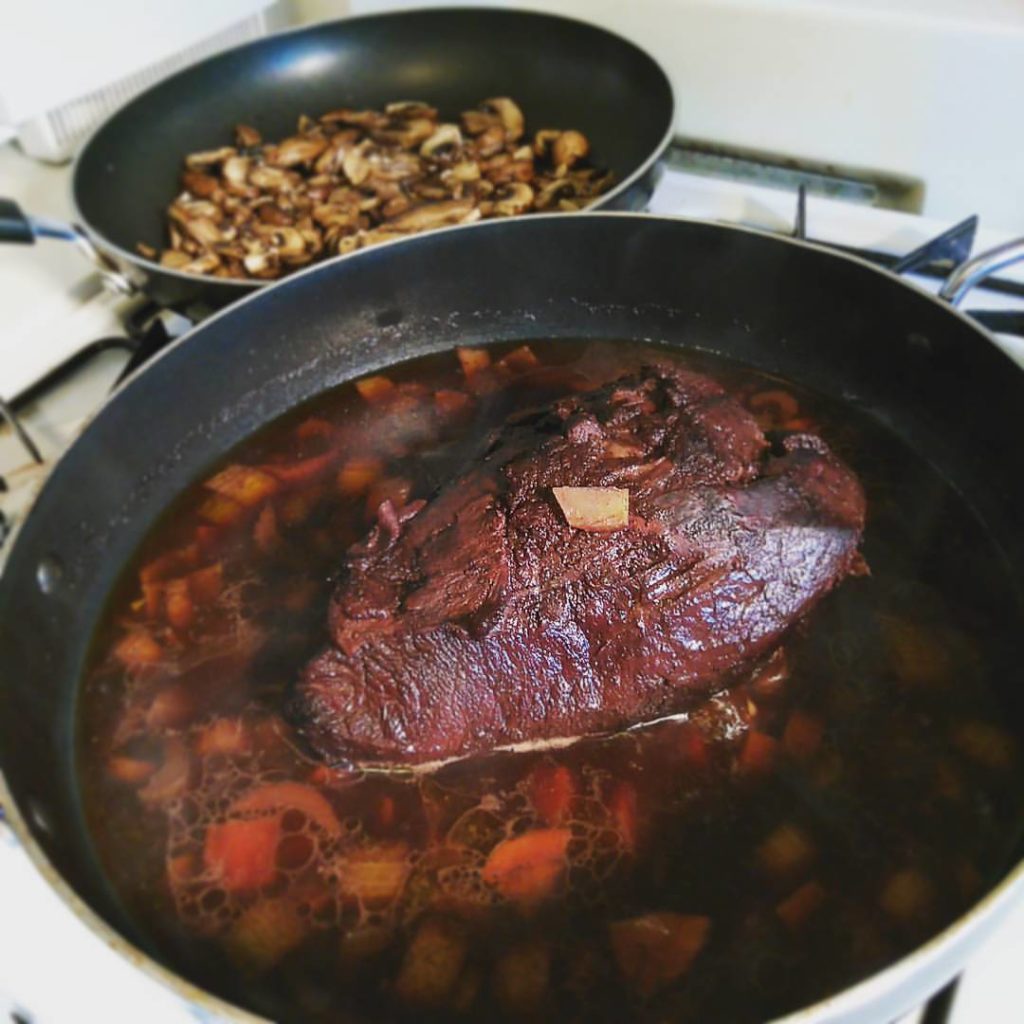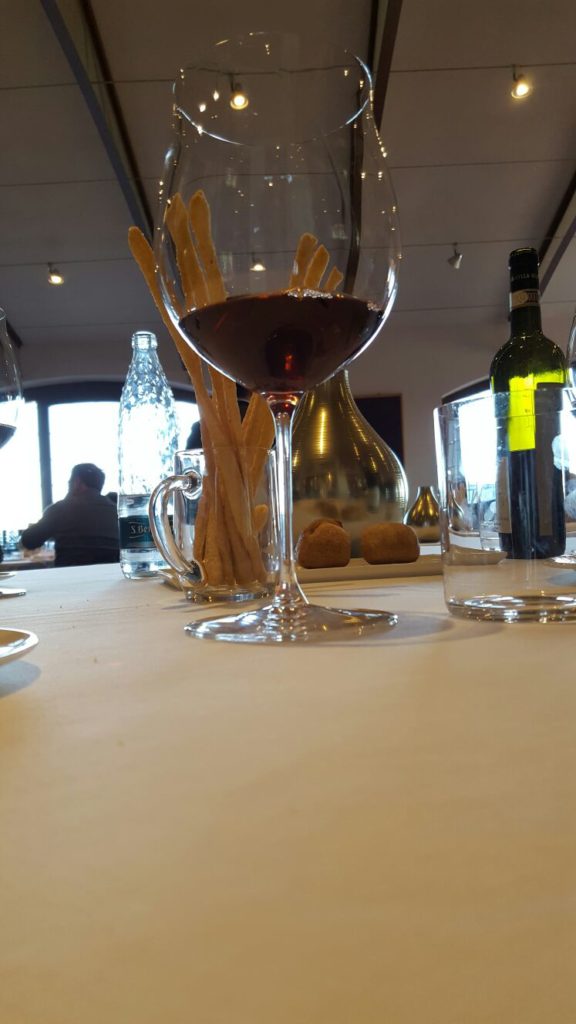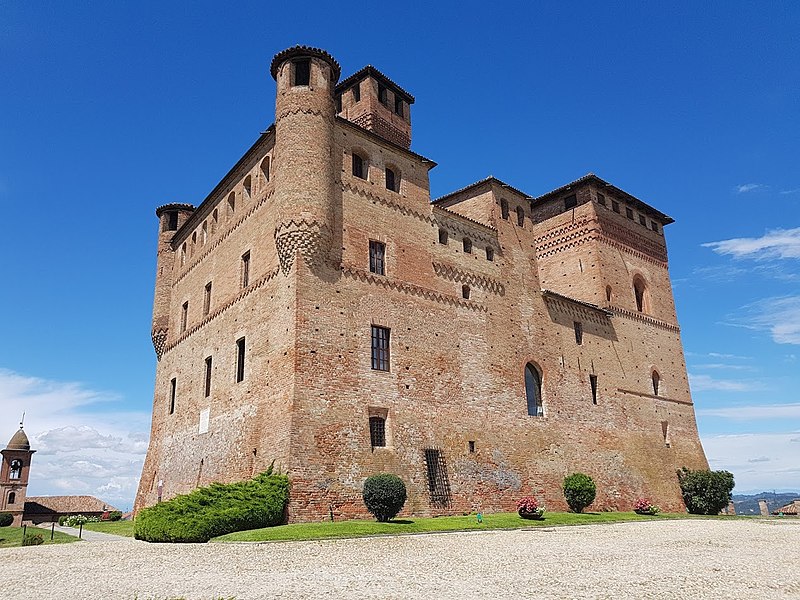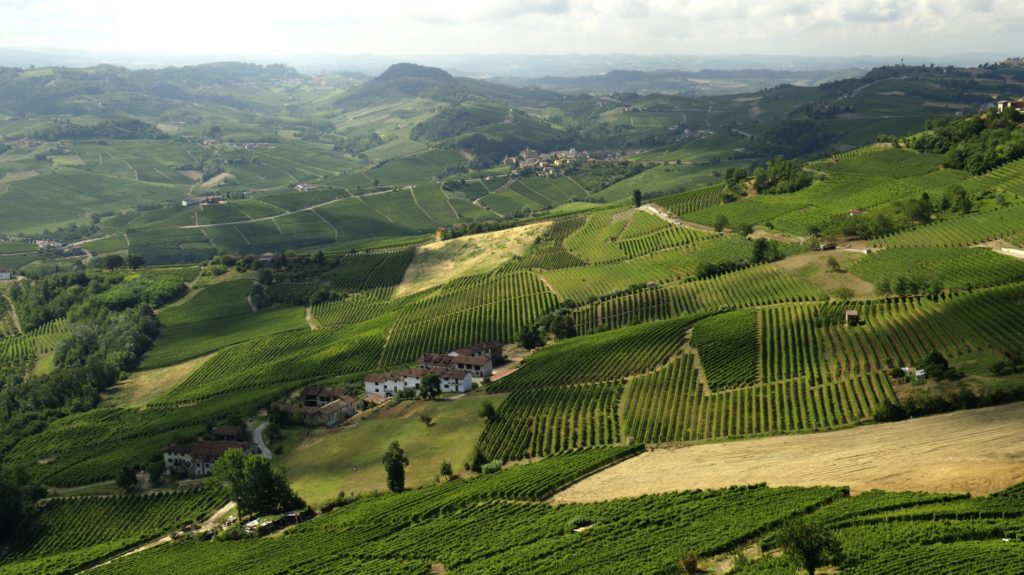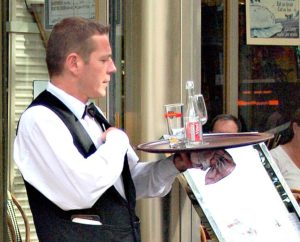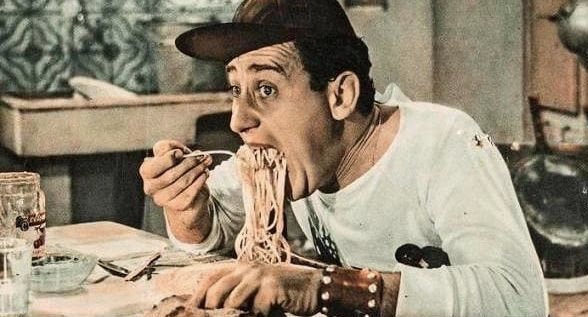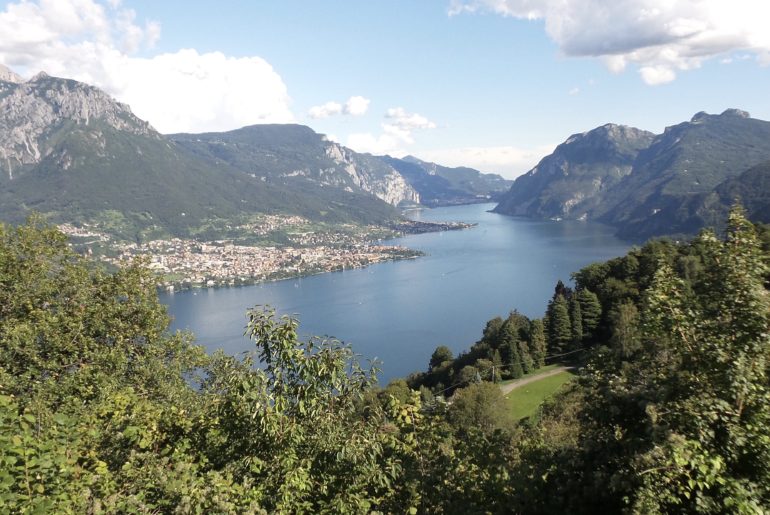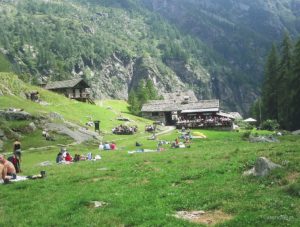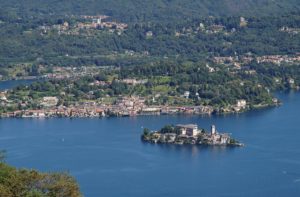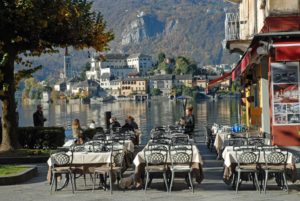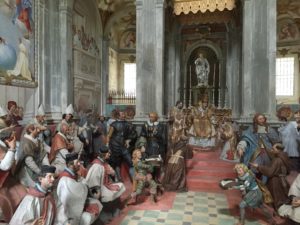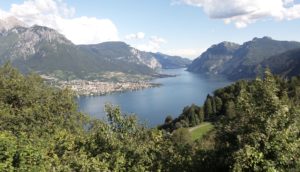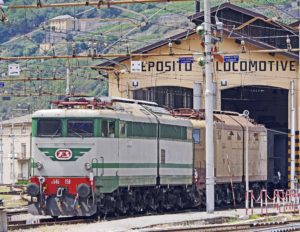Local Dishes, Local Dishes , Local Dishes
1- Savouring local dishes is a must when travelling throughout Italy. If you see dishes named after the towns you are in, you won’t go wrong. When in Milan, for instance a Risotto alla Milanese would be a give-away that it’s a local dish.
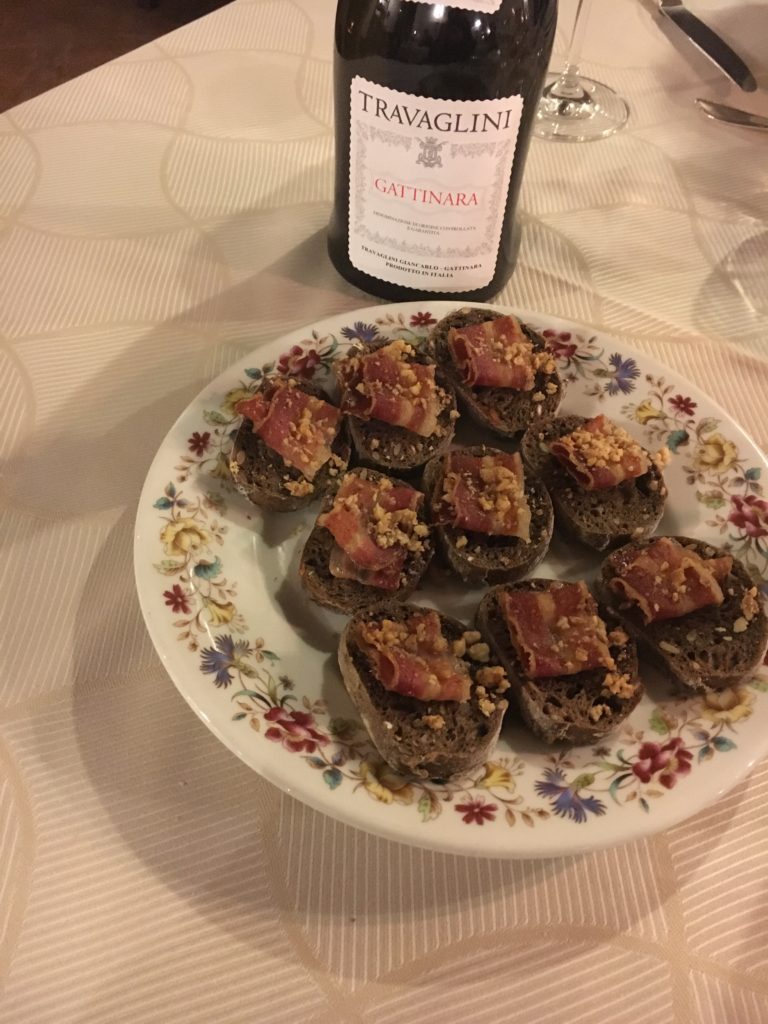
2– Look in the menu for “piatti tipici” which means, “typical dishes”. Furthermore, if you dine at an osteria or trattoria, most likely, they would promote local dishes.
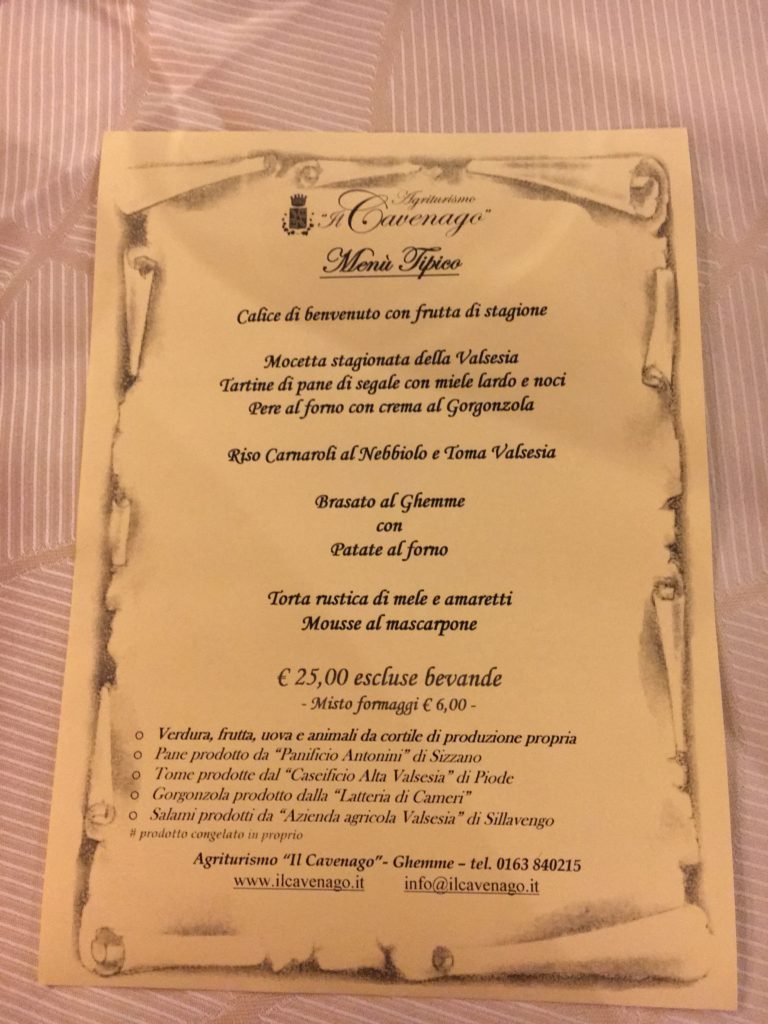
Farmhouses Mean Freshness
3- Agriturismi are a guarantee for fresh, kilometre-zero ingredients. These farms grow the ingredients right on site. As a result, their neighbouring farms also often produce many of the ingredients for their menus, as the photo above illustrates. You can’t get it any fresher.
4- Look for DOC and DOCG wines. Hence, the origin of the ingredients is controlled and guaranteed. On the labels of cheeses and insaccati you’ll see the DOP stamp. Those ingredients are the best in quality, guaranteed and protected.
You can purchase DOGC and DOP products anywhere in the world. Ask if a DOP product is local. If not, you know you’ll be eating quality products, just not from the area that you are in.
Read my blog on 13 Italian Cultural Habits... to above all, have a better understanding of Italian food culture, while travelling through Italy.
Markets and Festivals
5- At a mercato look for seasonal vegetables, fruits. No one toots their own horn better than Italians do. As a result, local businesses and towns love to promote typical ingredients, dishes and history.
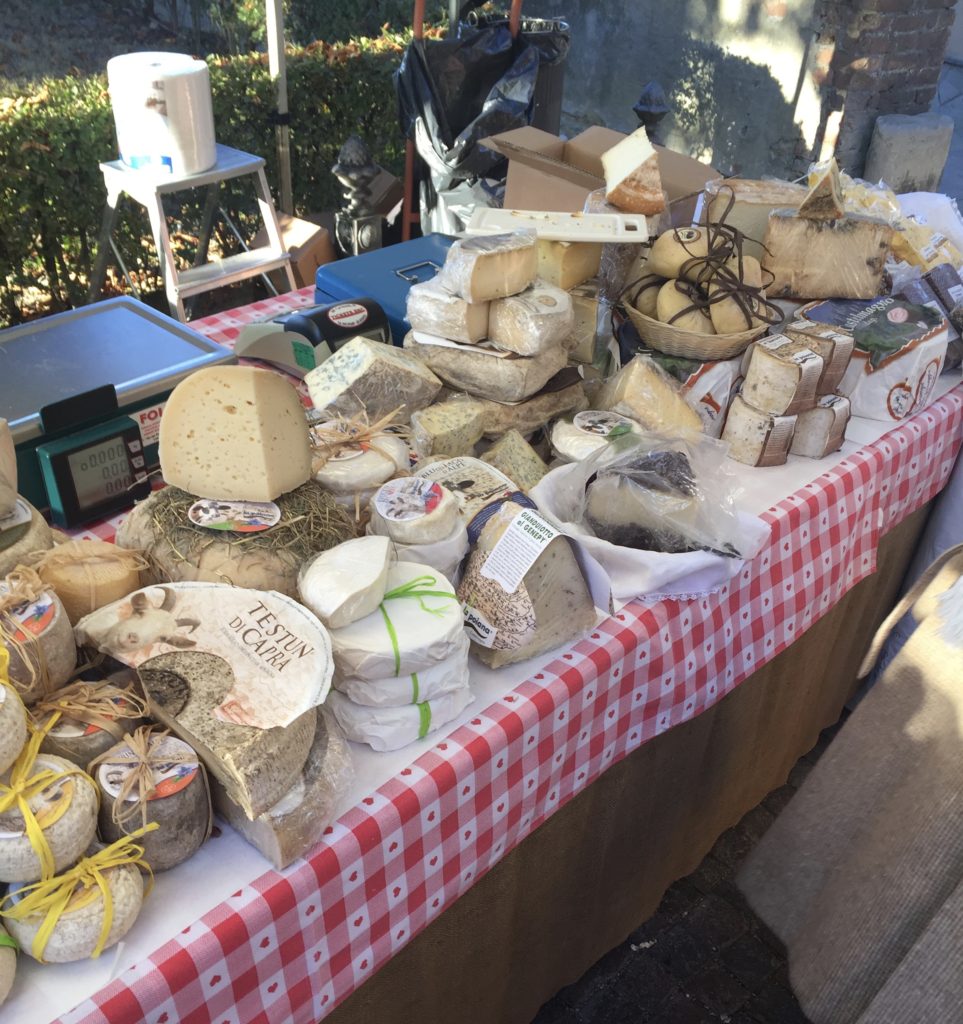
Bonus
6- Attend festivals or sagre in the areas that you are visiting. You may want to ask where and when these events are. Visit websites that promote these sagre. All over Italy, towns organize festivals to celebrate a harvest, a season, or a saint of some sort and therefore, will use any excuse to savour local traditional specialties.
Live Like the Locals Do
Tourists are not the only ones flocking to these sagre to try local dishes, drink local wines, and dance the night away. It has been an Italian way of life for generations.
One of my favourite hands down is Friuli DOC. This festival starts on the second Thursday of September. Over 100 000 visitors pour into the streets of the North Eastern city of Udine daily for four straight days to experience regional dishes, wines, spirits, music, dances, and costumes.
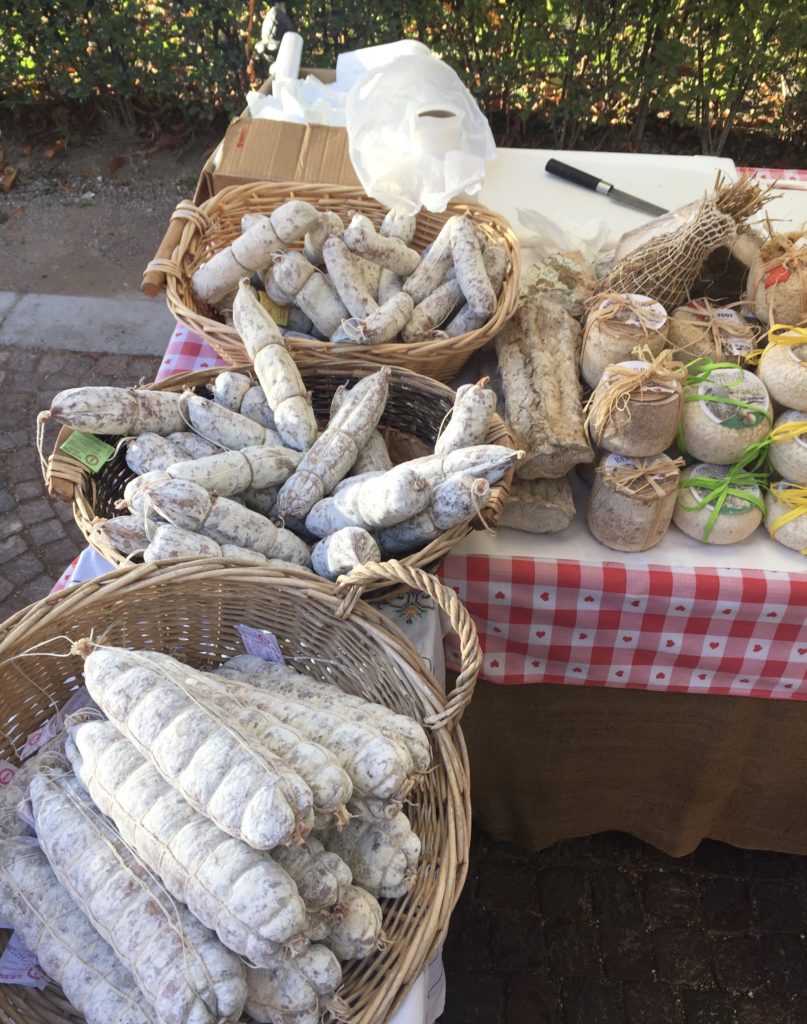
Every piazza, viale, and roundabout has kiosks or tents sampling food from all over the region of Friuli Venezia Giulia. It’s an amazing event…and what an event it is. If you find yourself in the vicinity of Udine during that week, you must take a detour and visit it at all costs.
The warm summer months bring people out to the many sagre. Italians spend their weekends traveling from town to town in search of great food, wine, and folklore events. They definitely know how to celebrate life.
Eating fresh food and celebrating life is quintessential to Italians and probably the main reason for their existence.
If you interested in more information about Italy or help in organizing a trip there, please leave a message below or contact me privately at info@italiabound.com
‘Til then…Buon viaggio!


